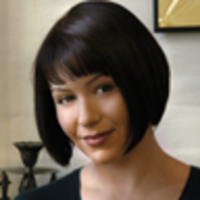Archive
Roderick Chen / Getty Images
Michelle Goldberg Answers a Critic’s Distortions of Her Home Birth Argument
Midwifery Debate
Getting accurate facts about home birth is never easy, but distorting the record doesn’t help, writes Michelle Goldberg.

Trending Now
Crime & JusticeUnshaven Luigi Mangione Shows Signs of Stress in Court
Crime & JusticeLuigi Mangione Judge Married to Former Healthcare Exec





